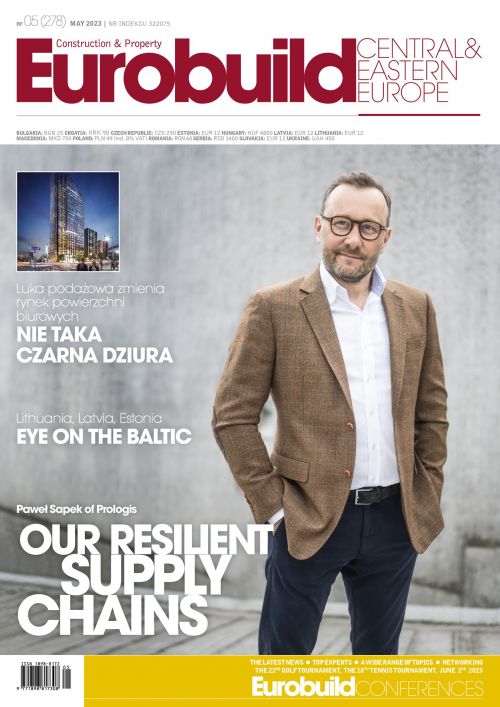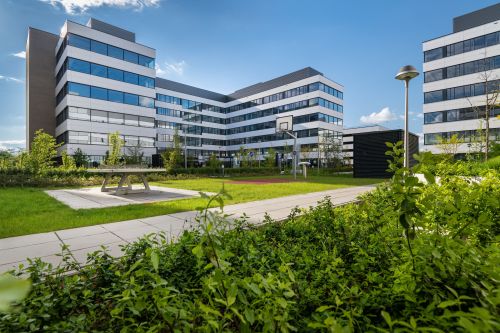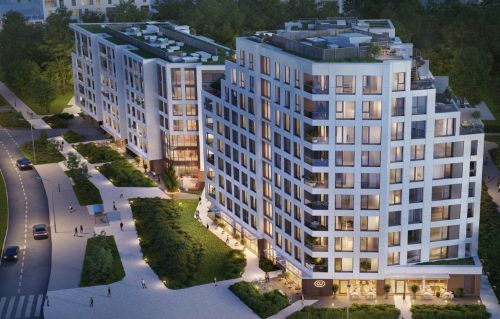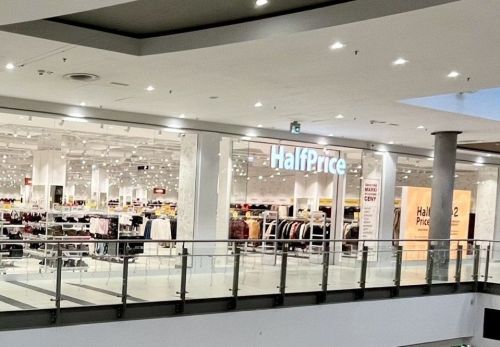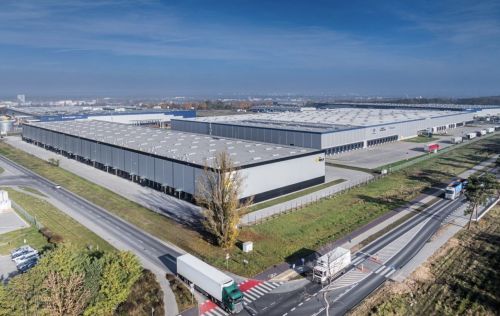According to figures from CBRE Baltics, the average transaction volume of the Baltic States over the last five years has been over EUR 1.2 bln per year. This is equivalent to the investment volumes of Slovakia, Hungary, Romania and (in some years) even the Czech Republic. However, despite the economic challenges in many European countries, prime yields in the Baltics have proven more resilient than on larger markets. Retail has led investments in the Baltics for two consecutive years in a row. In 2022, the retail sector accounted for the largest portion of the total investment volume at 34 pct, followed by offices at 24 pct and industrial and logistics properties at 18 pct.
“In 2020, when the pandemic hit, we saw a slowdown and there were almost no new entrants to the market and the transactions that happened were mainly Baltic investors. But in 2021, we reached the highest-ever investment volumes in the Baltics at almost EUR 2 bln. We usually have around EUR 1 bln. This was mai
























